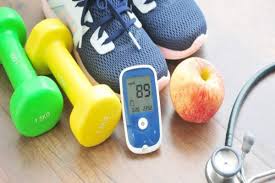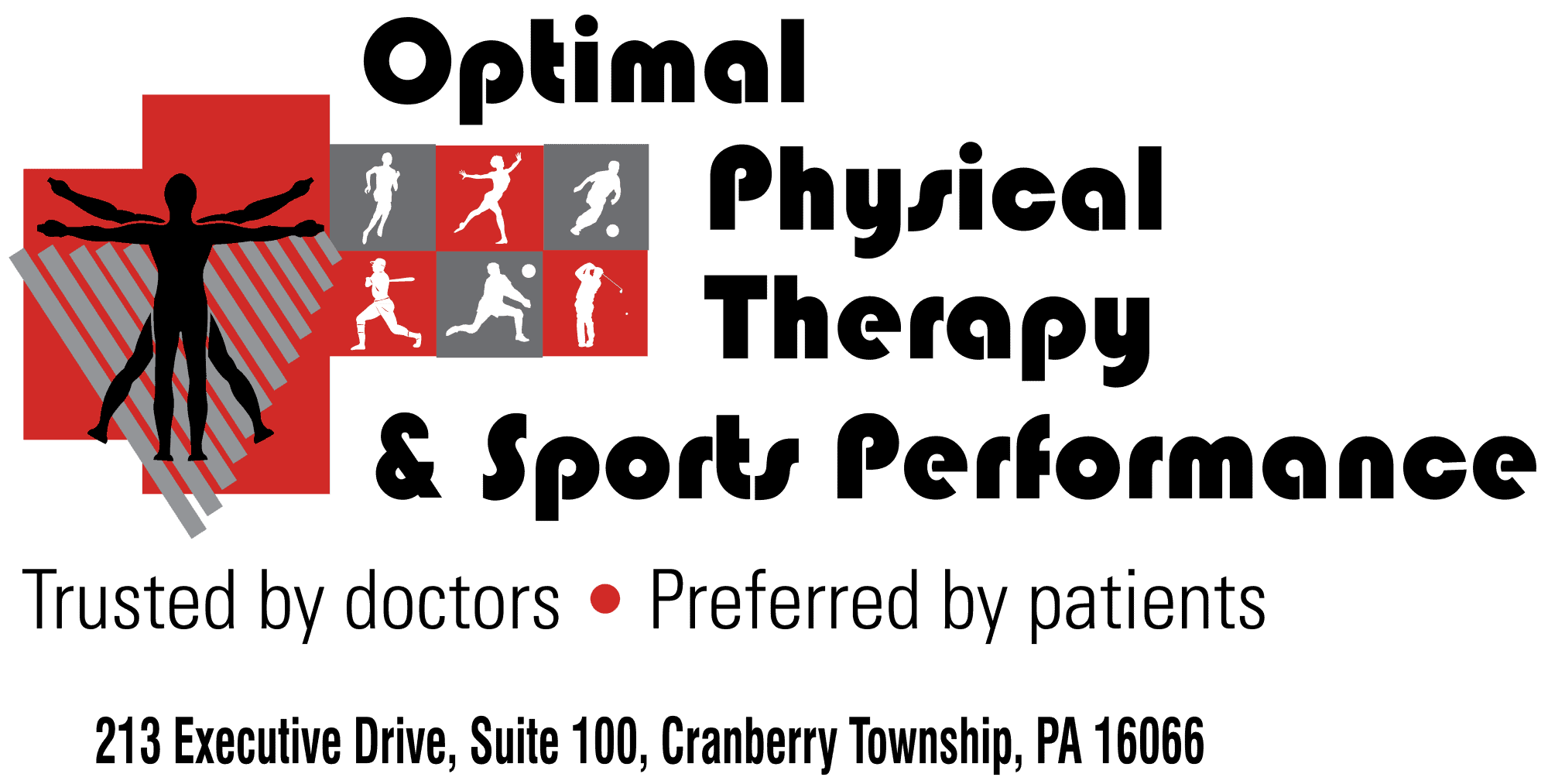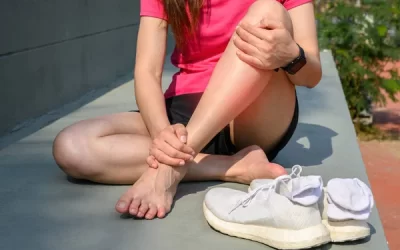
If you are diabetic, exercise should be a very important part of your lifestyle. Exercise can help you manage your body weight and keep your heart and musculoskeletal system healthy for a full life. It helps improve blood flow and manage blood pressure. It helps drive glucose into the muscles reducing the need for insulin. Due to the nature of diabetes, there are some considerations you must take before you begin adding some activity. Life with diabetes can be complicated but exercise when done properly and with caution, can be one of the best tools to help you lead a longer, healthier life.
Here are several things to consider when you add more exercise to your life:
Has your physician ever told you it is not safe for you to exercise? That can occur if you are considered to have uncontrolled diabetes. If that is the case, you need to discuss further with your physician how best to try to add physical activity. There are some patients where a stress test may be warranted before clearance for exercise is given because of known cardiovascular disease. Most diabetics, however, are encouraged to exercise but need to know how to become more physically active in a safe manner given their diagnosis. A consult with a physical therapist may be warranted to help define your current limitations and what can be done safely for you. A physical therapist can evaluate your fitness level, specifically look at issues with your feet that may impact what you can do and provide a custom exercise prescription to help you meet your fitness goals.
If your physician has encouraged you to seek more ways to exercise, here are some things to be aware of as you challenge your body to move:
Are you aware of the safe glucose levels to be within for exercise participation? Here is a list to help you:
Always check your glucose levels before exercising, during exercise as you learn how you react to it and 2 hours afterwards
<100 mg/dl, take a pre exercise snack
100-250mg/dl, safe to begin exercise
>250mg/dl, delay exercise, check for ketones in urine. If no ketones, begin exercise, If ketones present, take insulin and delay exercise until in safe range
Do not inject insulin into the muscle group that you will be exercising. Insulin is utilized most readily in active exercising muscles and will be absorbed faster possibly pushing you toward hypoglycemia faster. Leg site injection should be avoided if you are soon to be using leg muscles. Choose to use an abdomen site instead. Or use a leg site, if you are going to do sit ups or core work. Do not use abdomen site in that case.
Do not smoke or drink caffeinated drinks 2 hours before exercise as these may constrict blood flow needed to get to muscle groups. (Please do not smoke in general – seek help to stop. If you are willing to exercise to improve your health, you will likely be willing to learn to quit smoking)
Remember that hypoglycemia can occur as long as 24 hours after exercise. If you are adding exercise to your life, you need to check your blood sugar regularly so that you can determine how your body is going to react to it and make adjustments as needed. Every 2 hours after exercise is suggested until you learn how your body reacts to exercise. Make sure you are aware of what hypoglycemia feels like to you. Common symptoms include: shaking, rapid heartbeat, sweating, anxiousness, dizziness, hunger, impaired vision, feeling excessively weak or fatigued, headache, irritable. Hypoglycemia occurs at blood sugar levels below 70mg/dL. Drink a cup of orange juice or milk or eat several hard candies or rescue glucose tablets. If it persists, call your doctor.
Make sure you have access to a snack if needed while exercising. If you become hypoglycemic during or after exercise and are away from home, you need to make sure you have packed something to have just in case. Hydration is also very important so make a water bottle and a good reliable snack available as your exercise companions. It is a good idea to keep a piece of candy in your pocket when walking a distance from home just in case.
Do not forget to wear your medical alert necklace or bracelet so that others can identify your needs if you would need assistance.
Make certain your footwear is sufficient for your exercise. And take dedicated care to your feet in general. Diabetics must take extra special care of their feet no matter what age they are or how long they have had the disease! Do you have protective sensation? A doctor or therapist can screen you for this ability. If it is reduced, you may not sense that something is in your shoe or a seam or ill fit is rubbing your skin and can cause a blister or open wound. A quick and easy way to see if your shoe is big enough is to trace your foot on a piece of paper and then put your shoe on top of the tracing. If any outline of your foot falls outside of your shoe, then your foot is being squeezed in the shoe and is an improper fit for you. Do not tie shoes too tightly pressing into tissue on top of your foot. Buy shoes mid or late day when your feet are most swollen. Use diabetic socks to help absorb moisture. Inspect your feet daily. Use a mirror to see the sole of your foot and check between toes. Wash and completely dry your feet gently and apply a moisturizer at night. Be careful not to put your feet in too hot or too cold of water. Check water with part of your body that can tell the temperature if your feet lack this ability.
What type of exercise is good?
Think about three types of exercise you can add into your life.
Aerobic exercise is good to strengthen your cardiovascular system. This is exercise using large muscle groups in continuous, repetitive motion at an intensity low enough to sustain activity for 20-30 min. Examples include: brisk walking, dancing, low impact aerobic classes, swimming or water aerobics, tennis, stationary biking. Start where you are and work up to a goal of 20-30 min. You might only be able to do 10 min to start. That is ok. Try to add 1-2 min each time until you reach your goal.
Diabetic cardiovascular systems may not react normally to cardio stress. The lining of the blood vessels tend to be thicker and oxygen transport may be slower and not as efficient. Hyperglycemia can increase hemoglobin which holds on to oxygen and creates less oxygen in the tissues. Persons with diabetes can do aerobic exercise but their resting baseline heart rates may be higher to begin with and focus should be on lower maximal heart rates. That is why lower intensity aerobic exercise is best vs. higher intensity. An easy way to calculate your max heart rate is to take 220 – your age. That will give you your max heart rate. It is recommended due to tissue changes in diabetes, you only need to work up to 60-70% of your max heart rate for benefit. You do not need to push to max heart rate. Also activity like hard running or jogging may need to be avoided to prevent shearing injuries to the foot. Foot muscles can become weak over time and lead to structural changes in the foot. Less impact protects this vulnerable body area in diabetics.
Strength training exercise builds your muscle power and tone. Examples include: lifting light weights, working with exercise bands, using your body weight as resistance (push ups, squats, planks). Physical therapists would emphasize strength of shoulders (diabetics are more prone to frozen shoulders and rotator cuff tears), core strength (trunk, abdomen to contribute to good posture and the ability of limbs to generate force from a strong trunk base), hip and leg strength to keep you functional for stair climbing, getting up from low surfaces and handling walking surface areas that are irregular or slanted. Ankle and foot strengthening exercises are also very good to avoid decline in balance and walking skills and to keep your foot strong structurally.
Stretching exercise is able to help keep flexibility in your muscle groups. This helps to maintain good movement ability. Focus on large muscles of your legs: hip flexors, hamstrings, calf muscles (gastroc/soleus) and shoulder range of motion. Tight calf muscles can lead to disturbances in balance ability as well as Achille’s tendonitis and plantar fasciitis. Stretch is to gently elongate tight muscles, not tear them. No bouncing and know that it is best to stretch after muscles are “warmed up” by walking, swimming, etc.
We at Optimal Physical Therapy and Sports Performance hope that this information has been helpful to you. Please contact us if you have any questions or would like an individual consult for a physical therapist exercise prescription. Exercise is medicine. Movement makes you feel better. We are here to help empower you to take control over your diabetes.



